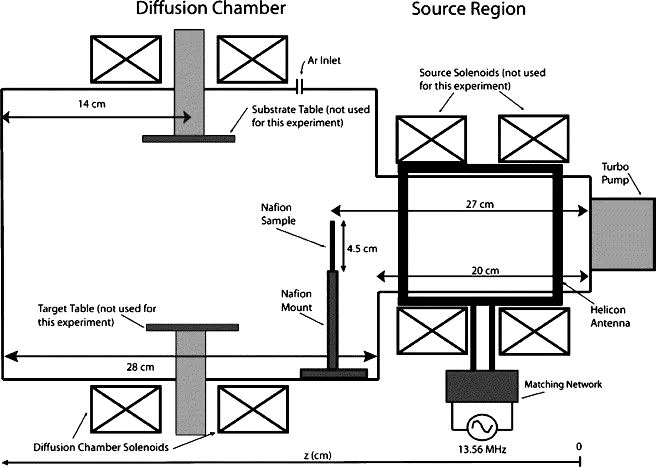Low energy plasma treatment of Nafion® membranes for PEM fuel cells
Jan 12, 2007·
,
,
 ,
,
,
,
·
0 min read
,
,
,
,
·
0 min read
D. Ramdutt
C. Charles
J. Hudspeth
Prof. Dr. Bradley P. Ladewig
T. Gengenbach
R. Boswell
A. Dicks
P. Brault

Abstract
Understanding the effects plasmas have on polymer electrolyte membranes such as Nafion is important if plasma technologies are to be employed in the fabrication of MEA components. An argon plasma has been used to treat the surface of Nafion membranes at several energy doses from 0 to 3.056 J cm−2. The effect of the treatment has been characterised using Scanning Electron Microscopy (SEM), Atomic Force Microscopy (AFM) and X-ray Photoelectron Spectroscopy (XPS) as well as measuring water contact angles, proton conductivity and electrical performance. It was found that as energy dose is increased, hydrophobicity of the membrane decreases, as does proton conductivity. The water contact angle for untreated Nafion is around 120° while the surface treated with the maximum dose has a contact angle of 50°. Similarly the proton conductivity drops from above 200 to 35.8 mS cm−1. SEM and AFM results showed only a small change in the surface roughness of the treated samples while XPS results indicated a marked reduction in the concentration of fluorine at the surface of the membrane for increasing dose. Fuel cell electrical performance was also very poor for the treated membranes and this was attributed to the decrease in conductivity as well as an observed poor adherence between electrode and membrane in the pressed MEA.
Type
Publication
Journal of Power Sources